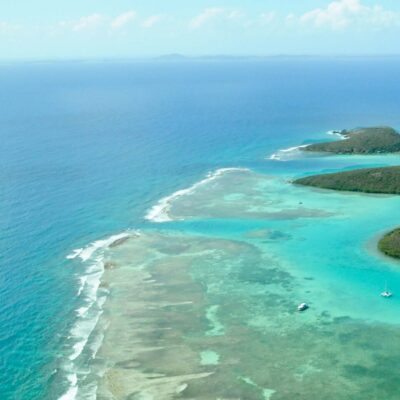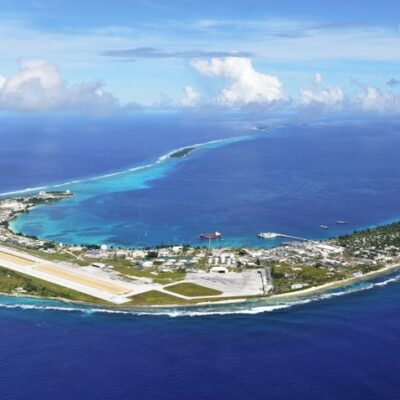Typhoon Mawar left Guam’s Aquaculture Development Training Center without power for weeks, killing 95% of its fish stock and exposing the long-standing vulnerability of the island’s aquaculture industry to power instability. Backup generators failed, and the facility lacked the continuous electricity needed for vital systems like water circulation and oxygenation.
Dr. Hui Gong Jiang and other researchers stress that power outages have plagued Guam’s aquaculture sector for nearly two decades, threatening both economic viability and food security. In response, experts are now exploring ocean-based renewable energy, particularly Ocean Thermal Energy Conversion (OTEC) and Wave Energy Conversion (WEC), as stable, storm-resilient power sources for both land-based and ocean-based aquaculture.
Wave energy, in particular, is suited to Guam’s marine conditions and could power ocean cage systems within five years. Land-based solar systems are also being explored but remain costly.
Researchers are pursuing federal funding for feasibility studies, and early-stage demo projects are expected. Submersible cage designs offer resilience to typhoons, a critical factor in Guam’s storm-prone environment. Experts urge collaboration among researchers, government agencies, and engineers to implement sustainable, renewable energy solutions that can secure the future of aquaculture and contribute to Guam’s broader food security and energy independence goals.









